
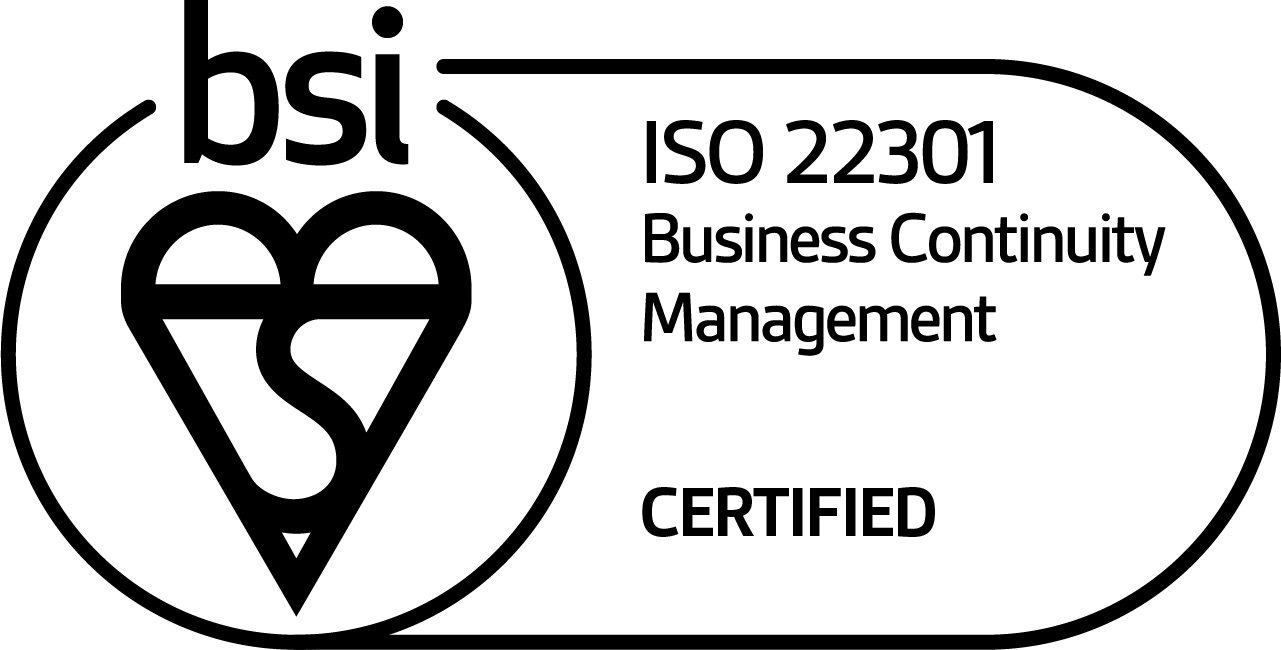
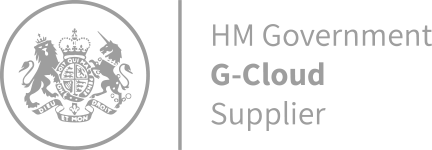
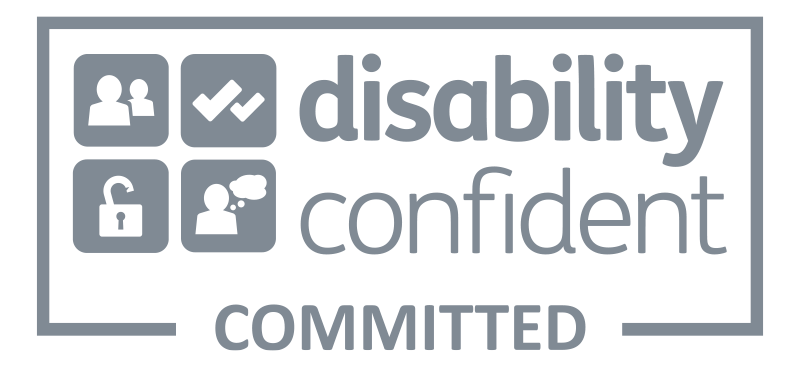
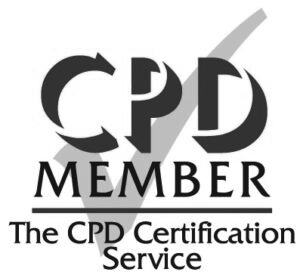
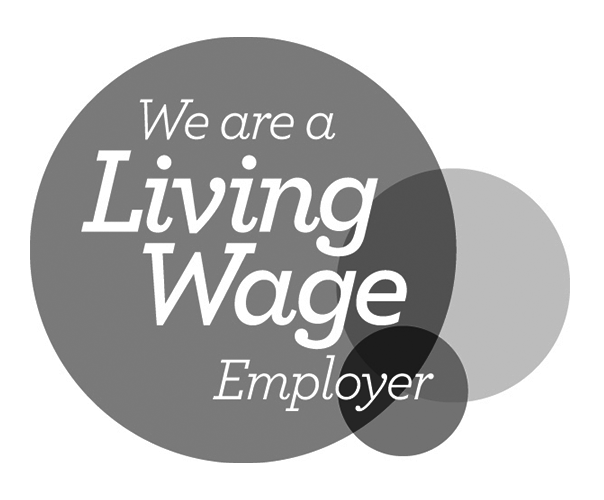



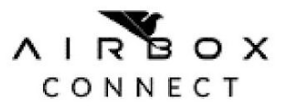
© 2025 Airbox Systems Limited. All rights reserved.
Airbox Systems Limited, Unit 4 The Quadrangle, Downsview Road, Grove Business Centre, Wantage, OX12 9FA
AIRBOX MOSAIC: 97857613, 97857620, 97857622, 97857621
For Airbox and MOSAIC, 'Customer Zero' for the Ambulance community was the East of England Ambulance Service (EEAS). Airbox recently discussed, the impact that MOSAIC has had upon EEAS operations with Jamie Fountain, Resilience Manger and National Inter-Agency Liaison Officer (NILO) for EEAS. Jamie was keen to discuss the benefits he sees both with the MOSAIC application and of the enduring relationship with Airbox. "I definitely want to talk about both aspects" was his opening remark, "the technology is one thing, but the impact would not be the same without the support, flexibility and commitment of Lauren, Lucy and the rest of the team at Airbox".
As a NILO, Jamie's remit is to attend inter-agency exercises and training events. He saw the aviation optimised version of MOSAIC, ACANS, bring used by Police and Air Ambulance crews and realised that it could prove invaluable for EEAS; "it seemed like the perfect technology for Situational Awareness and decision making" he explained An initial batch of 25 MOSAIC licences and iPads were purchased and issued to selected specialist sub-units within EEAS - specifically those identified as needing a flexible and connected toolset to assist their work, such as Hazardous Materials Response teams.
Jamie admits that it took a while for the EEAS IT team to embrace MOSAIC - an adaption speeded up thanks to the Airbox team's sensitivity to customers’ needs. Jamie also highlighted the importance of taking your current staff with you on such a 'journey'. Clinical specialists are highly trained in their respective fields. When new ways of working and methods are introduced there can be a natural resistance to change., therefore, Users must be assured of the benefits of new technology.
Jamie pointed out several 'game changing' improvements that he'd witnessed across the whole 'mission cycle'. Fundamental was the development of a MOSAIC timeline for major events and incidents, enabling officers, at a glance, to assimilate crucial information, such as predicting when A&E departments will reach capacity. Learning from Experience (LFE) is greatly enhanced by the data capture; staff can see when key decisions were made, what factors influenced them - and then see the downstream impact.
The planning for major events is simplified using MOSAIC. Study of the area via mapping and imagery enables staff to understand where communications may be problematic due to terrain or buildings, identify likely choke points on expected ingress/egress routes, determine what infrastructure might be available to provide support and, ultimately, understand the best routes be to nearby hospitals.
MOSAIC's interoperability is key; Police forces are adopting MOSAIC as a prime C2 tool, working alongside ACANS-equipped Police Helicopters. Therefore, the Emergency Services are increasingly getting more 'joined up'. Jamie notes with satisfaction that other Ambulance services are now studying MOSAIC as a capability. Jamie looks forward to a time when all 'Blue Light' operators were networked via MOSAIC, so that information can be passed seamlessly between forces that are currently using a patchwork of often incompatible proprietary systems. The nirvana is to have military assets tasked with supporting the Emergency Services also networked on MOSAIC. A start was made during the Covid Pandemic, but more could be done to boost the UK's National Resilience.
Jamie stressed that he sees the relationship between EEAS and Airbox as a partnership, citing that it feels that Airbox's "company goals are aligned with the customer". He praised how responsive the company were to User feedback, having an unusually collaborative approach to interfacing with third party software. EEAS asked for the 'What3Words' app to work alongside MOSAIC and the software team had the app integrated in a few short weeks. He notes that many companies’ claim to be agile and responsive, but Airbox are undoubtedly both.
So, what next for EEAS and MOSAIC?
Jamie sees two priorities. Firstly, to continue the distribution of MOSAIC to more personnel further down the command chain. He also wants to encourage Senior Staff to 'play offline' in the risk and consequence free 'sandbox' that MOSAIC provides. Secondly, he'd like to unlock the power of the 4G and 5G networks , enhancing response by exploiting social media feeds. Incident bystanders often seem quicker to upload images on Social Media rather than offer assistance. Jamie's point is, 'why not use that?'. He'd also like to see MOSAIC assisting in better patient 'packaging' - streaming information to the receiving unit so that they are better prepared to receive the casualty.
He's sure, in time, both will be delivered.